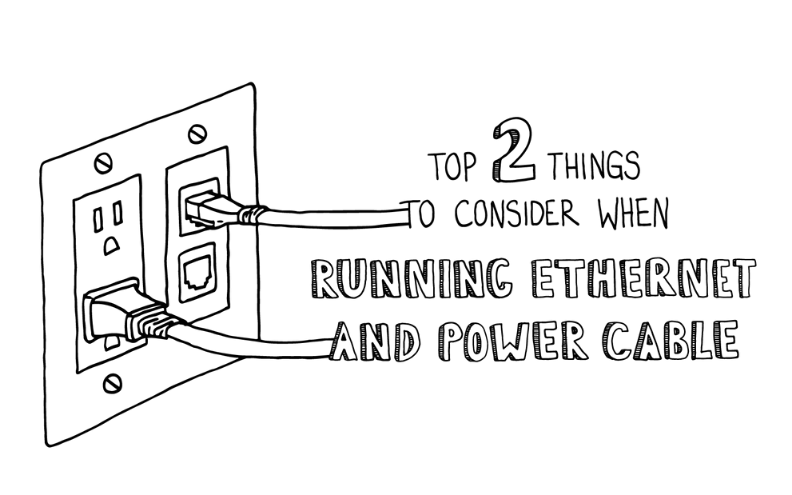Let's throw out some basics and some consideration as it relates to using shielded cable. Shielded cable is deployed where there is high interference whether it be form RFI / EMI. It is also used where induced EMF voltage (lightning) is present like Lightning Alley.
To properly use and deploy shielded ethernet cable
EVERYTHING must be shielded and properly bonded to a single point Earth ground. The Ethernet cable is shielded, the RJ45 jack, the RJ45 coupler on the patch panel, the switch, the server cabinet / rack.
Everything must be tied together to a single point earth grounding system . . .

You install just the cable with nothing else all you have is very expensive cable with zero protection against lightning.

You go through the entire process of using shielded components yet nothing is tied to a single point earth grounding bar that's bonded to the electrical service panel - You are literally wasting your time & money.

On the other extreme you see cow boys that install grounding rods with no care or understanding that the same must be tied back to the home / business single point Earth ground.
All you get is ground loops and a huge potential of blowing things up . . .
As others noted spacing of the cable is one cheap and free way (should be common sense) and applied no matter if its shielded or not to reduce the amount of RFI / EMI. Even when all of the above is done properly this does not negate the fact and need for a tiered SPD system in place.
Surge Protective Devices (TVSS) provide 24.7.365 protection against
Dirty Power. No amount of grounding will provide any protection against a voltage swing: Voltage Rise, Voltage Sag, Creeping Voltage, or Frequency Drift.
All four SPD Types from 1 ~4 should be used where it make sense . . .
Type 1: Service Entrance (Meter)
Type 2: Service Panel (Breaker)
Type 3: Point of Use (Outlets)
Type 4: Inline prior to device
All four SPD / TVSS Types provide a tiered level of protection to either absorb, shunt, the voltage rise. Keep in mind in the Type 3 Point of Use devices this encompasses such hardware like surge bars, AVR, UPS, and Isolated PSU's. A standard Type 3 SPD (Power Bar) will NOT provide any protection against a creeping slow voltage rise!
Only a AVR / UPS will provide such protection for a swing in line voltage . . .
Even than, the level of protection depends upon how much money you have invested in the same. As cheaper hardware as is Type 3 SPD's have extremely high let through.
One of the most important things anyone can every do is
Plan and purchase hardware that is multi voltage / multi frequency. Any device that supports 50/60 Hz 100 ~ 277 VAC will provide you decades of service. As they are designed to operate well within the normal power levels seen in North America. If there's a brown out (Voltage Sag) it won't matter because that device will not smoke because it was designed to operate in a low voltage state.
When a creeping voltage (exceeds 130 VAC) is present it too will be fine because that 100 ~ 277 VAC device will easily operate in that range because it was designed from the onset to do so!
Lastly, if you live in an extremely dry arid climate don't assume you have proper Earth grounding.


 You go through the entire process of using shielded components yet nothing is tied to a single point earth grounding bar that's bonded to the electrical service panel - You are literally wasting your time & money.
You go through the entire process of using shielded components yet nothing is tied to a single point earth grounding bar that's bonded to the electrical service panel - You are literally wasting your time & money. 

